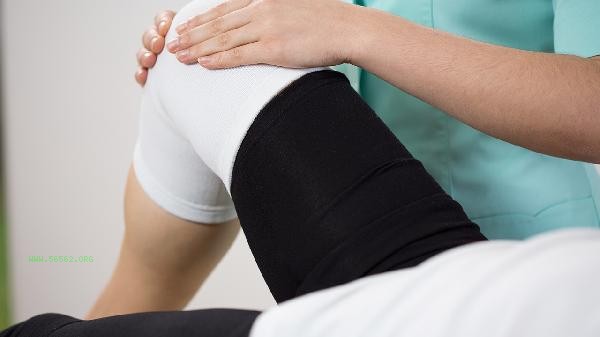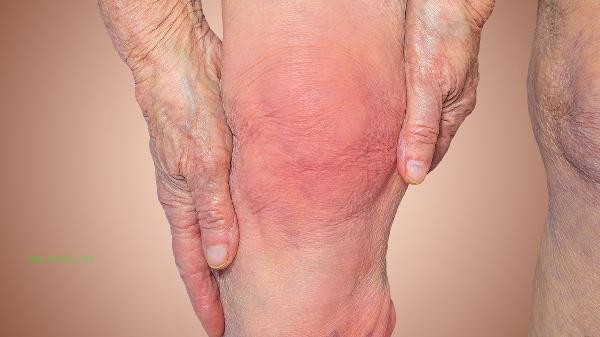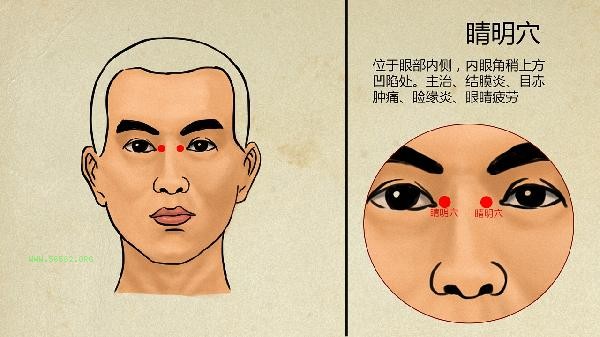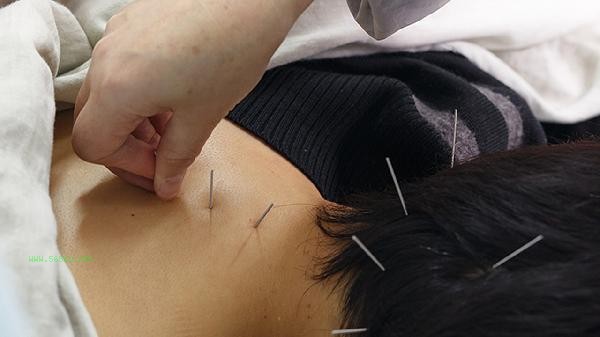Leg liposuction is a common plastic surgery, but it carries risks and sequelae such as infection, uneven skin, and fat embolism. understanding potential risks and taking preventive measures can reduce the occurrence of complications.

1. Infection: There is a risk of infection in any surgery, and leg liposuction is no exception. If disinfection is not thorough or postoperative care is improper during the surgical process, it may lead to wound infection. The symptoms of infection include redness, swelling, pain, fever, etc. The key to preventing infection lies in choosing a reputable medical institution, strictly following medical advice after surgery, and keeping the wound clean and dry. If there are signs of infection, seek medical attention promptly and use antibiotics for treatment.
2. Uneven Skin Surface: During liposuction surgery, uneven fat extraction may result in uneven skin surface. This situation is more common within a few months after surgery, but over time, some patients may recover on their own. To reduce the risk of uneven skin, it is recommended to choose experienced postoperative shapewear and use massage and other auxiliary treatments. If the symptoms persist, secondary surgery may be considered for repair.

3. Fat embolism: Fat embolism is one of the most serious complications in liposuction surgery, with a low probability of occurrence but serious consequences. During the surgical process, fat particles may enter blood vessels, block the blood supply to the lungs or other important organs, leading to difficulty breathing, chest pain, and even life-threatening situations. The key to preventing fat embolism is to control the amount of fat extracted and avoid extracting too much fat at once. Closely observe the physical condition after surgery, and seek medical attention immediately if any abnormal symptoms occur.
4. Postoperative pain and swelling: After leg liposuction, patients usually experience a certain degree of pain and swelling, which is a normal phenomenon. The pain is most pronounced within a few days after surgery and gradually decreases thereafter. Swelling may last for weeks or even months. To alleviate discomfort, doctors usually prescribe painkillers and advise patients to raise their legs appropriately to promote blood circulation. Wearing shapewear can also help reduce swelling and accelerate recovery.
5. Long term skin laxity: After liposuction surgery, some patients may experience skin laxity, especially when the amount of fat extracted is large. People with poor skin elasticity are more likely to experience this phenomenon. To prevent skin sagging, it is recommended to evaluate the skin condition before surgery and combine radiofrequency, laser and other skin tightening treatments after surgery to promote the regeneration of skin collagen. If the skin is severely sagging, skin excision surgery may be considered. Although leg liposuction can quickly improve leg line, the surgical risks and sequelae cannot be ignored. Fully understanding the surgical process and potential risks before surgery, choosing a professional, and strictly following nursing recommendations after surgery are key to ensuring surgical effectiveness and safety. If any abnormal symptoms occur, seek medical attention promptly to avoid delaying treatment.









Comments (0)
Leave a Comment
No comments yet
Be the first to share your thoughts!